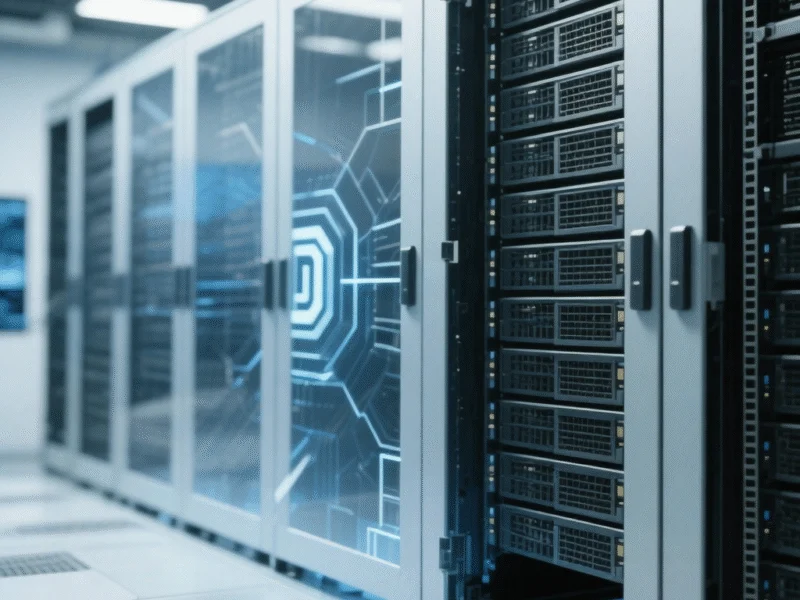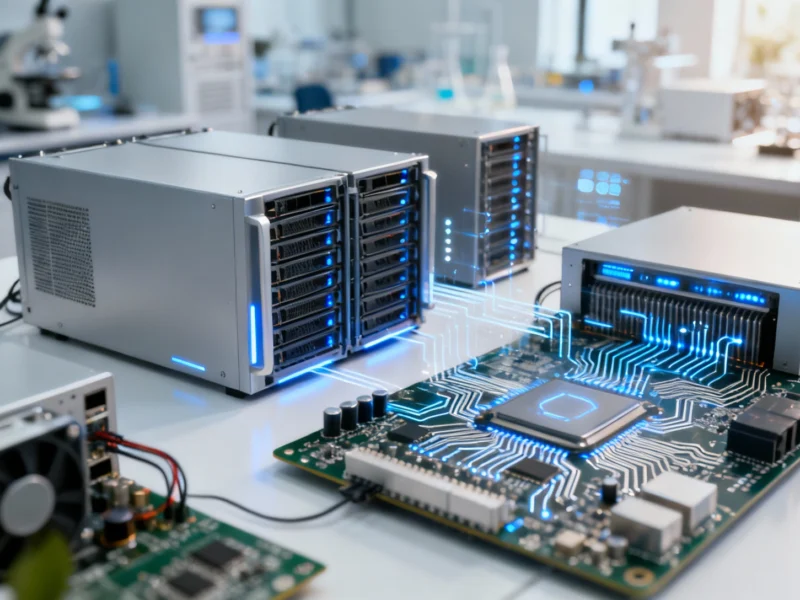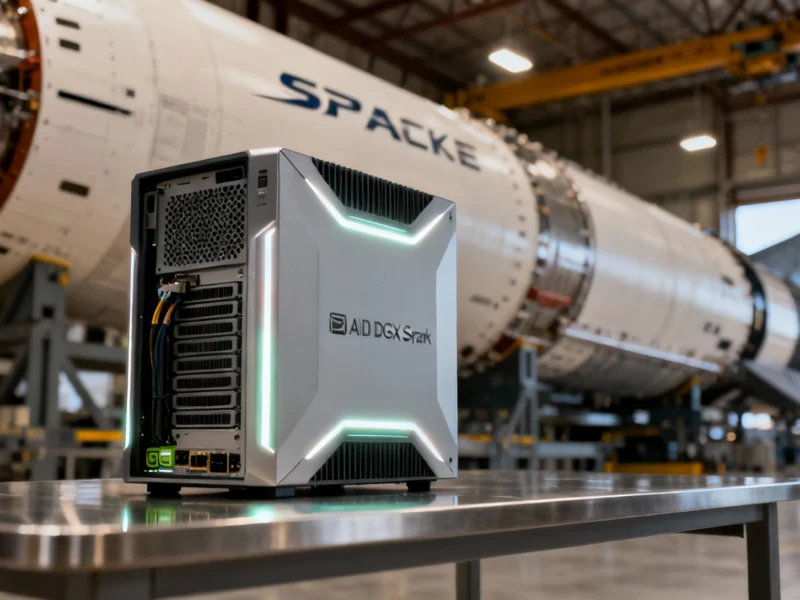The AI-Driven Data Center Revolution
The explosive growth of generative AI is fundamentally reshaping data center infrastructure requirements. As organizations deploy increasingly powerful AI supercomputers, traditional cooling methods are proving inadequate for the intense thermal demands of modern GPU clusters. Industry analysis reveals that rack-level containment systems are emerging as the critical solution for managing these unprecedented heat loads while maintaining optimal performance.
Why Traditional Cooling Falls Short
Modern AI workloads generate heat densities that can exceed 40kW per rack, far beyond what conventional data center cooling can effectively handle. Research indicates that without proper containment strategies, facilities face significant risks of thermal throttling, reduced hardware lifespan, and increased energy consumption. Data reveals that organizations implementing rack-level solutions typically achieve 25-40% improvements in cooling efficiency compared to traditional approaches.
The Containment Advantage
Rack-level containment creates isolated thermal environments that prevent hot and cold air mixing, allowing for precise temperature control at the source of heat generation. Experts say this approach enables data centers to support higher power densities while reducing overall energy consumption. The technology also provides greater flexibility for future expansions and hardware upgrades, making it particularly valuable for AI infrastructure that evolves rapidly.
Implementation Best Practices
Successful deployment requires careful planning around several key factors:
- Airflow Management: Proper sealing and pressure balancing to prevent bypass airflow
- Monitoring Systems: Real-time thermal sensors and analytics for proactive management
- Redundancy Planning: Backup cooling capacity for critical AI workloads
- Modular Design: Scalable solutions that can grow with computing demands
Future-Proofing AI Infrastructure
As AI models continue to grow in complexity and computational requirements, the importance of efficient thermal management will only increase. Industry reports suggest that next-generation AI chips will push power densities even higher, making advanced containment strategies essential rather than optional. Organizations investing in rack-level solutions today position themselves to support tomorrow’s AI innovations without costly infrastructure overhauls.



